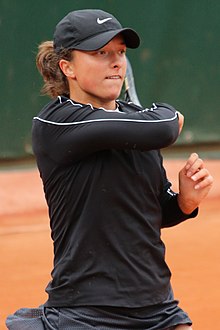1. Ask clarifying questions before diving into coding the solution. This is a
common pitfall.
- While the interviewer won’t try to trick you, they might be intentionally vague. It’s important to know what sort of design the interviewer is looking for, so ask questions.
- This should typically be the first thing you do before writing any code
2. Pay attention to probing questions as they may be hints that the interviewer wants you to go another direction with your solution/response. This is a common pitfall.
3. Don’t forget to test your code before you say you’re done! Remember, the basic
responsibility is to make sure the feature works.
Core competencies
- We hire for One Microsoft and focus on certain attributes that make our employees successful in any position they move into later in their career. You will be evaluated on each of the 4 following Core Competencies:
1. Adaptability: Demonstrates curiosity and actively explores options. Responds efficiently to changing demands and circumstances. Functions effectively in ambiguous situations. Maintains a constructive attitude in times of stress.
2. Collaboration: Drives alignment and teamwork within a team, department, or across organizational boundaries. Combines resources and joins efforts to achieve company-wide goals.
3. Customer Focus: Anticipates customer needs, and proactively meets and exceeds customer expectations. Recognizes the issues that customers want to resolve, and creates, or facilitates the creation of, products and services to address customer needs.
4. Drive for Results: Tenaciously pursues positive outcomes by using effective approaches to solve problems. Delivers on commitments and seeks increasingly challenging work. Takes responsibility and holds others accountable for actions, decisions, and goals.
- Think and mull over 1-3 examples for each competency where you exemplified these attributes. Add context (problem/situation/challenge, approach, result, impact, etc.) to the examples as applicable. Make sure to remind yourself of the context to be able to provide “meaty” answers if needed. This way the experience will be fresh in your mind—you’ll only need to organize your thought process and respond.


